Catch and Release from Aaroy river
The Magic of Aaroy River
The Aaroy River, known locally as Årøyelva, is indeed a gem among Norway’s salmon rivers. Consequently, anglers, both novice and seasoned, find the river’s gentle flow, challenging rapids, and deep pools perfect for fly fishing. Additionally, the thrill of hooking a salmon here is matched only by the profound satisfaction of releasing it back to the wild.
The Philosophy of Catch and Release
Conservation Importance
Catch and release is fundamentally rooted in conservation. This practice involves catching a fish and then carefully releasing it back into the water unharmed. Maintaining healthy fish populations, especially for species like Atlantic salmon, is absolutely vital. Furthermore, these populations have seen significant declines due to overfishing, habitat loss, and climate change. Therefore, conservation is more critical than ever.
Necessity in Aaroy River
In the Aaroy River, catch and release is not just encouraged; it’s indeed a necessity. By releasing salmon, we ensure they have the chance to spawn and contribute to the river’s ecosystem. This practice helps maintain the delicate balance of the aquatic environment, supporting not just the salmon but also other wildlife dependent on the river. Consequently, it is essential for ecological health.
Genetic Diversity
To save wild salmon stocks, we need every single one of the wild species to survive. The genetic diversity of wild salmon is crucial for their adaptability and resilience to environmental changes. Each fish released back into the river represents a vital link in the chain of survival for future generations.
Preparing for the Catch
Choosing the Right Equipment
Fly fishing for Atlantic salmon requires a blend of art and science. It starts with choosing the right equipment:
- Rod and Reel: For the Aaroy River, I highly recommend a 14-15 foot Spey rod paired with a strong, reliable reel. This setup allows for long, precise casts and provides the necessary power to handle the strong currents and large fish. Additionally, it offers flexibility.
- Fly Line: A floating line with interchangeable tips is versatile enough to cover different fishing conditions. Adjusting the line’s sinking rate can make all the difference, whether targeting salmon in shallow runs or deep pools. Therefore, always have multiple tips available.
- Flies: Classic patterns such as the Green Highlander, Silver Doctor, and Thunder & Lightning are staples in my fly box. However, it’s always good to have a variety of sizes and colors to adapt to the river’s changing conditions. Consequently, be prepared for all scenarios.
Released Atlantic Salmons
Understanding the Water
Reading the water is a key skill in fly fishing. Consequently, understanding where salmon are likely to hold is crucial for a successful outing:
- Deep Pools: These are prime resting spots for salmon during their upstream migration. Look for areas where the current slows down and the water deepens. Additionally, be aware of hidden structures.
- Riffles and Runs: Salmon often pause in these areas to rest and feed. Casting upstream and allowing your fly to drift naturally can entice a bite. Therefore, practice precise casting techniques.
- Structures: Rocks, fallen trees, and other underwater structures provide shelter for salmon. Therefore, target these spots, but be prepared for a challenging fight if a salmon takes the fly. Consequently, ensure your equipment is robust.
The Thrill of the Fight
Hooking an Atlantic salmon is just the beginning of an unforgettable experience. Known for their strength and tenacity, these fish provide a significant challenge. Here’s how to handle the fight:
Maintain Steady Pressure: Use the rod’s bend to tire the fish gradually. Moreover, avoid abrupt movements that could lead to the line snapping.
Allow Runs: Atlantic salmon are famous for their powerful runs. Let the fish take line when needed, but be ready to reel in quickly to maintain control.
Fight Effectively: Sometimes, fighting the salmon harder and faster than preferred helps reduce the time the fish spends on the line, minimizing stress and increasing survival chances upon release. Additionally, it protects the fish.
Stay Patient: The fight can last several minutes. Remain calm and focused, using the river’s current to your advantage. Consequently, you’ll have better control.
The Art of Releasing
Properly releasing a salmon is as important as catching it. Here’s how to do it right:
Wet Your Hands: Always wet your hands before handling the fish. This protects the salmon’s delicate slime layer, which is vital for its health and protection against infections. Therefore, keep water nearby.
Minimize Handling: Keep the fish in the water as much as possible. Furthermore, avoid lifting it out of the water unless necessary for a quick photo.
Use Barbless Hooks: These make it easier to release the fish with minimal injury. Pinch the barb down before fishing if using barbed hooks. Additionally, it simplifies the process.
Revive the Fish: If the salmon appears exhausted, hold it gently in the water, facing upstream. Allow water to flow through its gills until it regains strength and swims away on its own. Consequently, you’ll increase its chances of survival.
The Bigger Picture
Engaging in catch and release goes beyond mere compliance with regulations; it embodies a commitment to preserving nature. Each salmon returned to the Aaroy River supports the ecosystem’s vitality and sustainability. This practice allows the fish to complete their life cycle, spawn, and create future generations, thereby contributing to the health of the entire ecosystem. Consequently, it benefits all species.
Leading by Example
As a fishing guide, I’m proud to lead by example and educate anglers on the importance of catch and release. Additionally, seeing the joy on an angler’s face when they release a salmon back into the river, knowing they’ve contributed to its survival, is incredibly rewarding. Consequently, this practice is shared widely.
The Satisfaction of Conservation
Fly fishing for Atlantic salmon in the Aaroy River is an extraordinary experience, combining the thrill of the catch with the profound satisfaction of conservation. By practicing catch and release, we honor the river, the fish, and the future generations of anglers who will have the opportunity to experience this natural wonder. Additionally, it fosters a culture of conservation.
A Final Note
So, next time you might find yourself on the banks of the Aaroy River or any other river, remember that every catch is a testament to your skill, and every release is a gift to the river. Therefore, tight lines and happy fishing! Consequently, your actions matter.

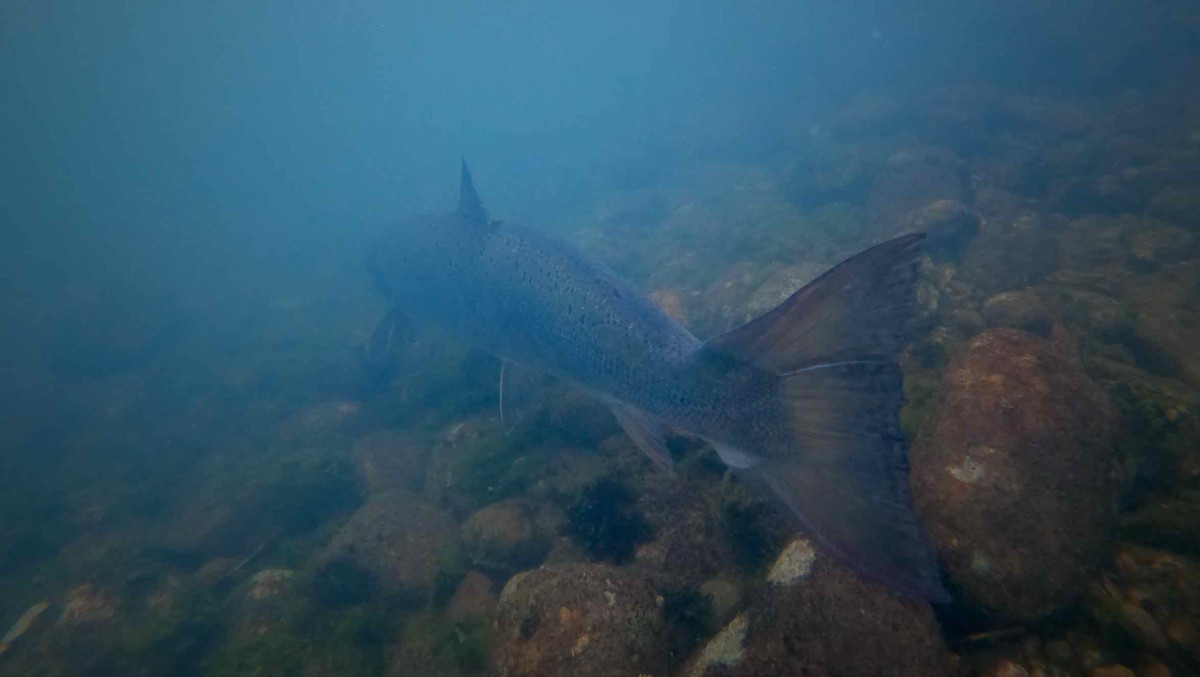
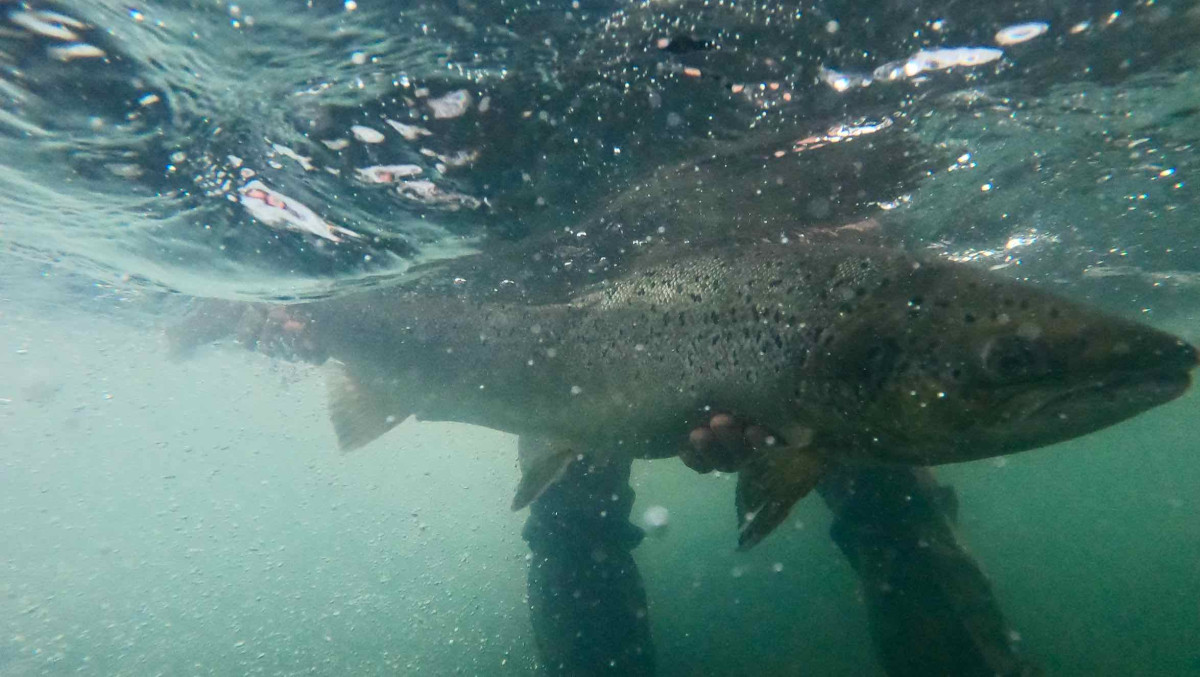
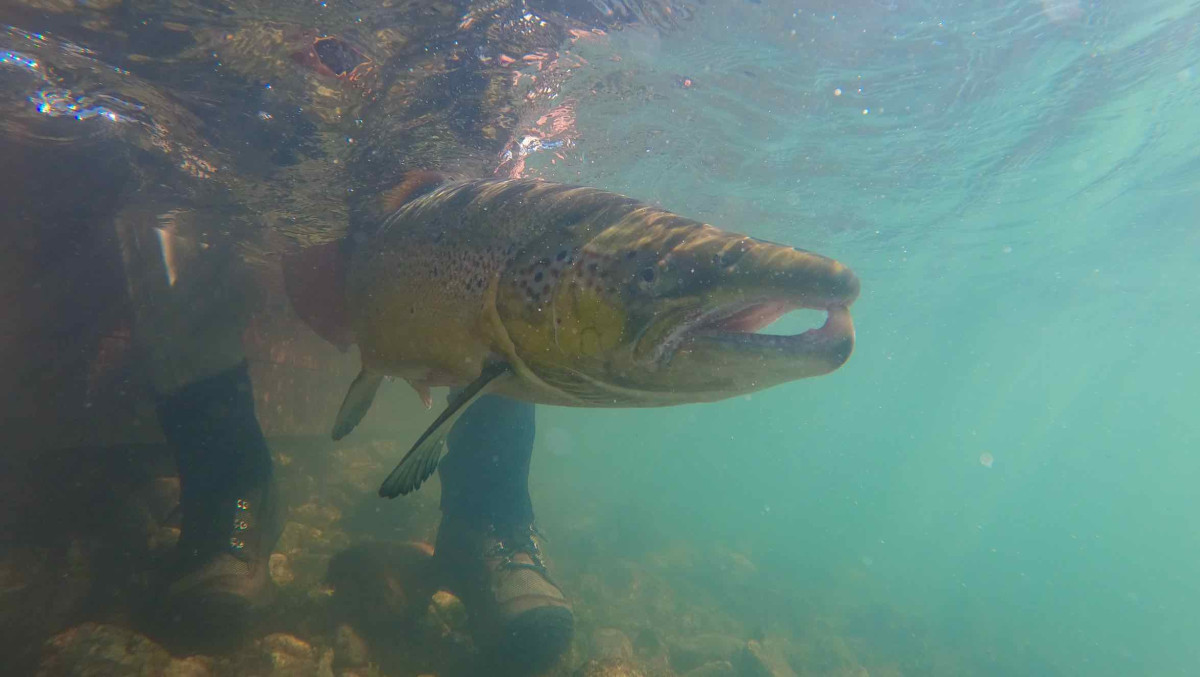
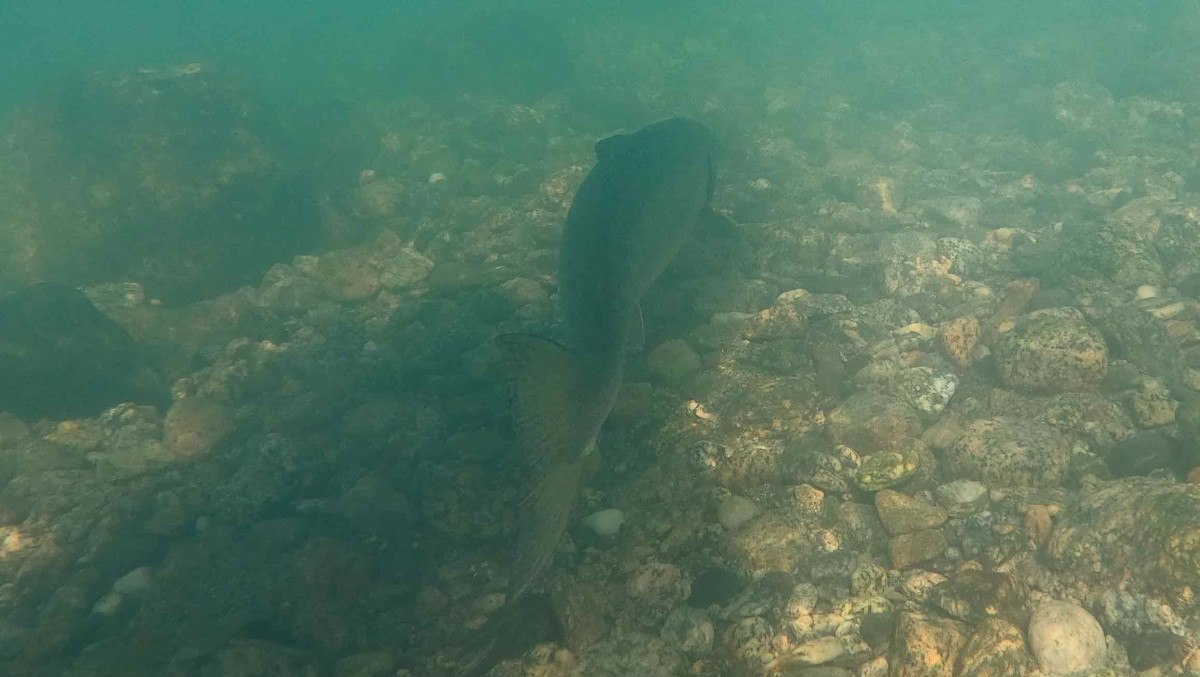
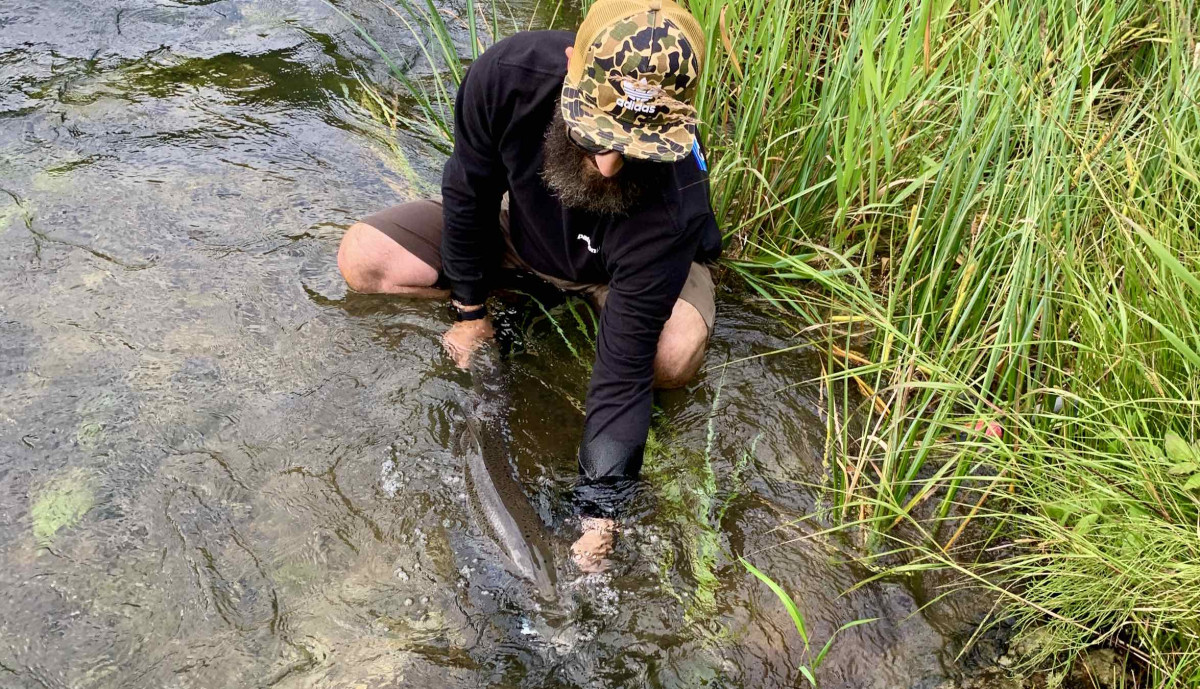



Leave a Reply
You must be logged in to post a comment.